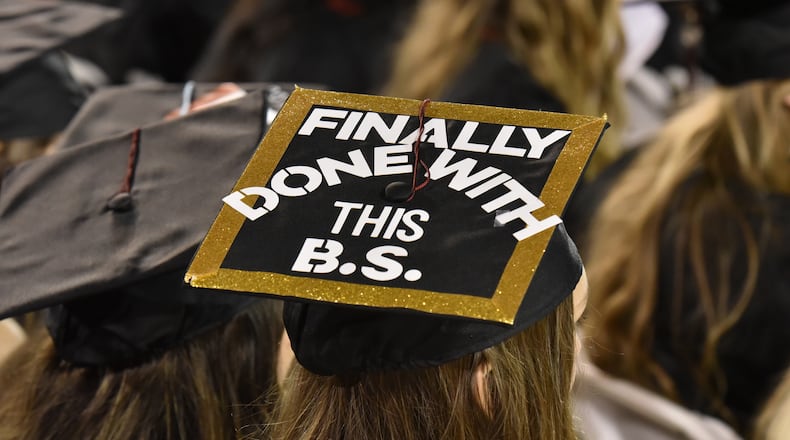Despite the current debate about the value of a college degree, the Georgetown University Center on Education and the Workforce says more education usually pays off.
Sifting through its wealth of research and data on how education impacts jobs and earnings, the Georgetown Center compiled five rules of the college and career game that students, their families, and educators need to learn.
And, the center acknowledges sometimes those rules are contradictory.
Rule 1: More education is usually better. Median earnings increase with each additional level of educational attainment. The median earnings of a high school diploma holder are $36,000, while a BA holder makes $62,000, and a graduate degree holder earns $80,000, on average.
Rule 2: Majors matter more. A bachelor’s degree in architecture and engineering leads to median annual earnings of $85,000, almost double the median annual earnings of education majors of $46,000.
Rule 3: Majors are important, but they do not control one’s destiny. The top 25 percent of liberal arts majors ($81,000) make more than the bottom 25 percent of architecture and engineering majors ($60,000).
Rule 4: Less education can be worth more. Twenty-eight percent of associate degree holders, and many workers with one-year certificates, earn more than the average BA holder. Some bachelor’s degrees holders earn more than the average worker with a graduate degree.
Rule 5: Most humanities and liberal arts majors never catch up with the highest earning majors such as STEM, healthcare, and business. Earnings for majors such as business, biology and life sciences, and physical sciences can overtake earnings of social science majors at later ages.
In a statement, the center said:
College is less about what college you go to and what degree you get but more about the returns of individual college programs. Since the 1980s, 60 percent to 70 percent of the increase in earnings inequality has been due to differences in access to college programs with labor market value.
Tuition and fees at public four-year colleges and universities have risen 19 times faster than average family incomes. The investment students and their families make in higher education has become crucial as college degrees are now worth almost twice as much as high school diplomas. In addition, the increased complexity of the college landscape has diminished transparency about student outcomes: programs of study more than quintupled between 1985 and 2010, from 410 to 2,260; and the number of occupations with unique educational requirements tripled to more than 800.
"The variety of college programs today is a Tower of Babel," said Anthony P. Carnevale, lead author of the report and director of the Georgetown Center. "We need to help students decipher their options in the first major investment in the journey from youth dependency to independent adulthood."
About half of Americans (51%) would change their degree type, institution or major if they could do it over again, according to the results of a 2017 Gallup Poll. These regrets were influenced by a number of factors, but one was lack of information about a degree and the careers it would lead to.
About the Author
Keep Reading
The Latest
Featured

